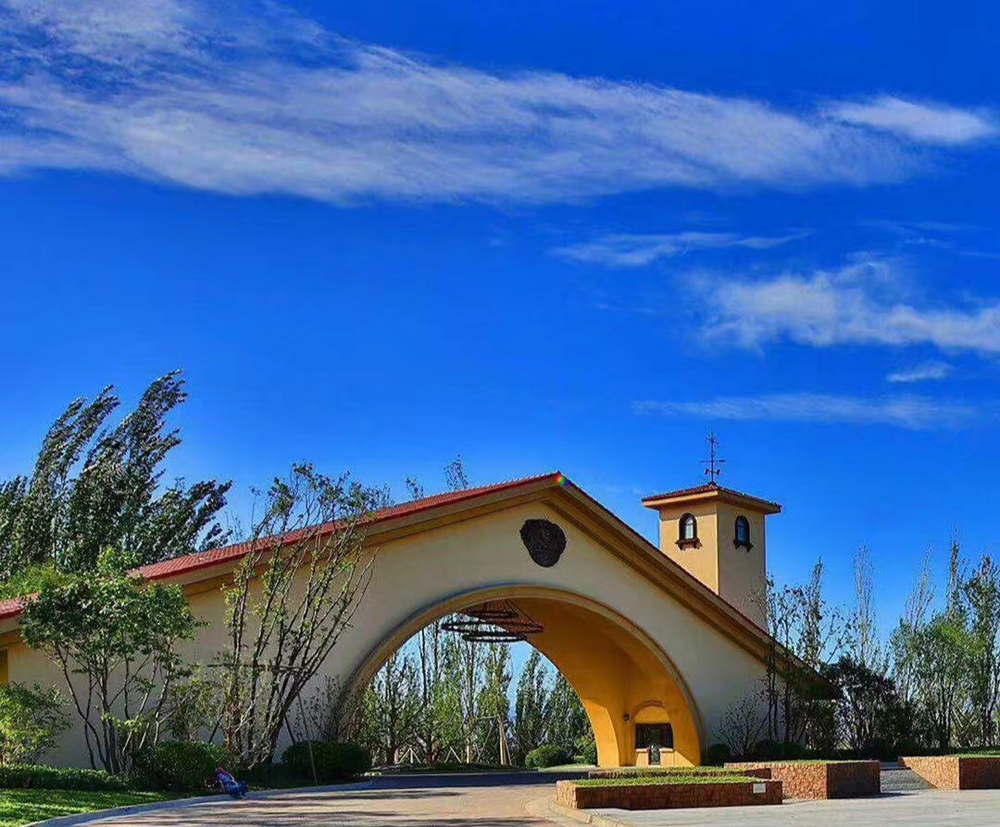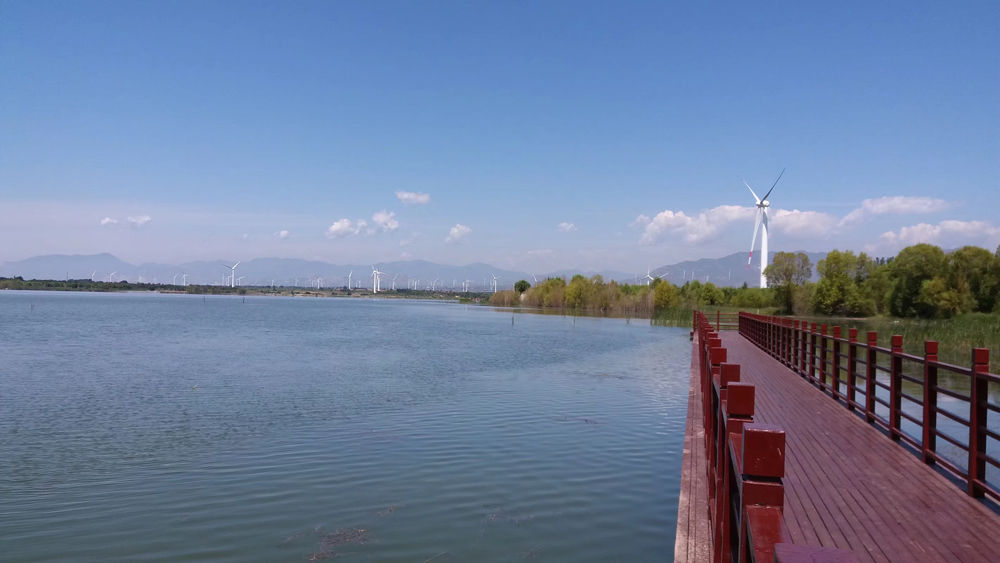The Plant Cell 植物所揭示可变剪接调控光形态建成的分子机制
The Plant Cell 植物所揭示可变剪接调控光形态建成的分子机制
来源: 中科院植物研究所 2022-08-11
太阳光是植物光合作用的能量来源,也是重要的环境信号,调节植物的生长发育进程。其中,幼苗光形态建成受光质、光量的精确调控,涉及不同的光受体和一系列信号调控因子。COP1是光形态建成的一个明星蛋白,作为一种E3泛素连接酶,与目标蛋白互作并促进其降解,COP1在植物和动物中广泛存在。真核生物的基因多含有内含子,转录形成前体mRNA,通过动态剪接组装,形成成熟的mRNA。可变剪接又称选择性剪接,是重要的基因转录后调控机制,在特定位点发生剪接从而生成多种mRNA,翻译成不同蛋白质,在相应的发育时期发挥重要功能。近年来,有研究通过转录组分析了光照对于可变剪接的调控现象,而具体调控机制尚不清楚。
中国科学院植物研究所研究员林荣呈研究组鉴定到RNA解旋酶UAP56是调控光形态建成的一个新因子。UAP56在拟南芥中有两个高度同源的成员UAP56a和UAP56b,位于染色体上相邻的位置。研究从遗传学入手,发现UAP56a和UAP56b功能冗余,但两者纯合致死,利用uap56a纯合与uap56b杂合的突变材料,证明UAP56参与光敏色素和隐花色素光受体介导的光形态建成信号通路中,是一个负向调控因子。研究通过寻找互作蛋白,发现UAP56、COP1以及剪接辅助因子U2AF65直接相互作用。研究进一步利用Nanopore三代转录组测序技术,发现在黑暗及光照条件下,UAP56和COP1调控了大量基因的转录与可变剪接,包括较多植物生长发育、光合作用以及光信号因子等相关基因均受二者转录或剪接的调控。进一步的RNA免疫沉淀实验显示,UAP56和COP1可以直接结合到剪接体和靶基因的mRNA上,表明UAP56和COP1可以通过作用于剪接体从而直接调控光信号介导的选择性剪接。
该研究鉴定到光形态建成的新成员UAP56,发现了COP1作为可变剪接调节因子的新功能,揭示了UAP56与COP1共同通过调节下游基因可变剪接来调控光形态建成的分子机制和调控网络,增加了对于植物光信号转导机制的认识。同时,UAP56在植物、酵母、动物等均广泛存在,具有保守的RNA解旋酶结构,UAP56-COP1的作用方式为探究其他物种的类似机制提供了重要参考。
8月3日,相关研究成果在线发表在The Plant Cell上。研究工作得到国家重点研发计划、国家自然科学基金、中科院的支持。
 UAP56-COP1与剪接体互作调控RNA可变剪接进而影响光暗形态建成的工作模型
UAP56-COP1与剪接体互作调控RNA可变剪接进而影响光暗形态建成的工作模型
The RNA helicase UAP56 and the E3 ubiquitin ligase COP1 coordinately regulate alternative splicing to repress photomorphogenesis in Arabidopsis
Yang Li, Yanxin Du, Junling Huai, Yanjun Jing, Rongcheng Lin
The Plant Cell
Abstract
Light is a key environmental signal that regulates plant growth and development. While posttranscriptional regulatory mechanisms of gene expression include alternative splicing (AS) of pre-messenger RNA (mRNA) in both plants and animals, how light signaling affects AS in plants is largely unknown. Here, we identify DExD/H RNA helicase U2AF65-associated protein (UAP56) as a negative regulator of photomorphogenesis in Arabidopsis thaliana. UAP56 is encoded by the homologs UAP56a and UAP56b. Knockdown of UAP56 led to enhanced photomorphogenic responses and diverse developmental defects during vegetative and reproductive growth. UAP56 physically interacts with the central light signaling repressor constitutive photomorphogenic 1 (COP1) and U2AF65. Global transcriptome analysis revealed that UAP56 and COP1 co-regulate the transcription of a subset of genes. Furthermore, deep RNA-sequencing analysis showed that UAP56 and COP1 control pre-mRNA AS in both overlapping and distinct manners. Ribonucleic acid immunoprecipitation assays showed that UAP56 and COP1 bind to common small nuclear RNAs and mRNAs of downstream targets. Our study reveals that both UAP56 and COP1 function as splicing factors that coordinately regulate AS during light-regulated plant growth and development.
-
- 2021-03-31
- 2020-07-31
- 2019-09-16
- 2019-08-29
- 2019-08-29
- 2019-08-29
- 2019-08-29
- 2019-08-29
-
- 2021-03-31
- 2020-07-31
- 2019-09-16
- 2019-08-29
- 2019-08-29
- 2019-08-29
- 2019-08-29
- 2019-08-29
-
- 2021-03-31
- 2020-07-31
- 2019-09-16
- 2019-08-29
- 2019-08-29
- 2019-08-29
- 2019-08-29
- 2019-08-29








